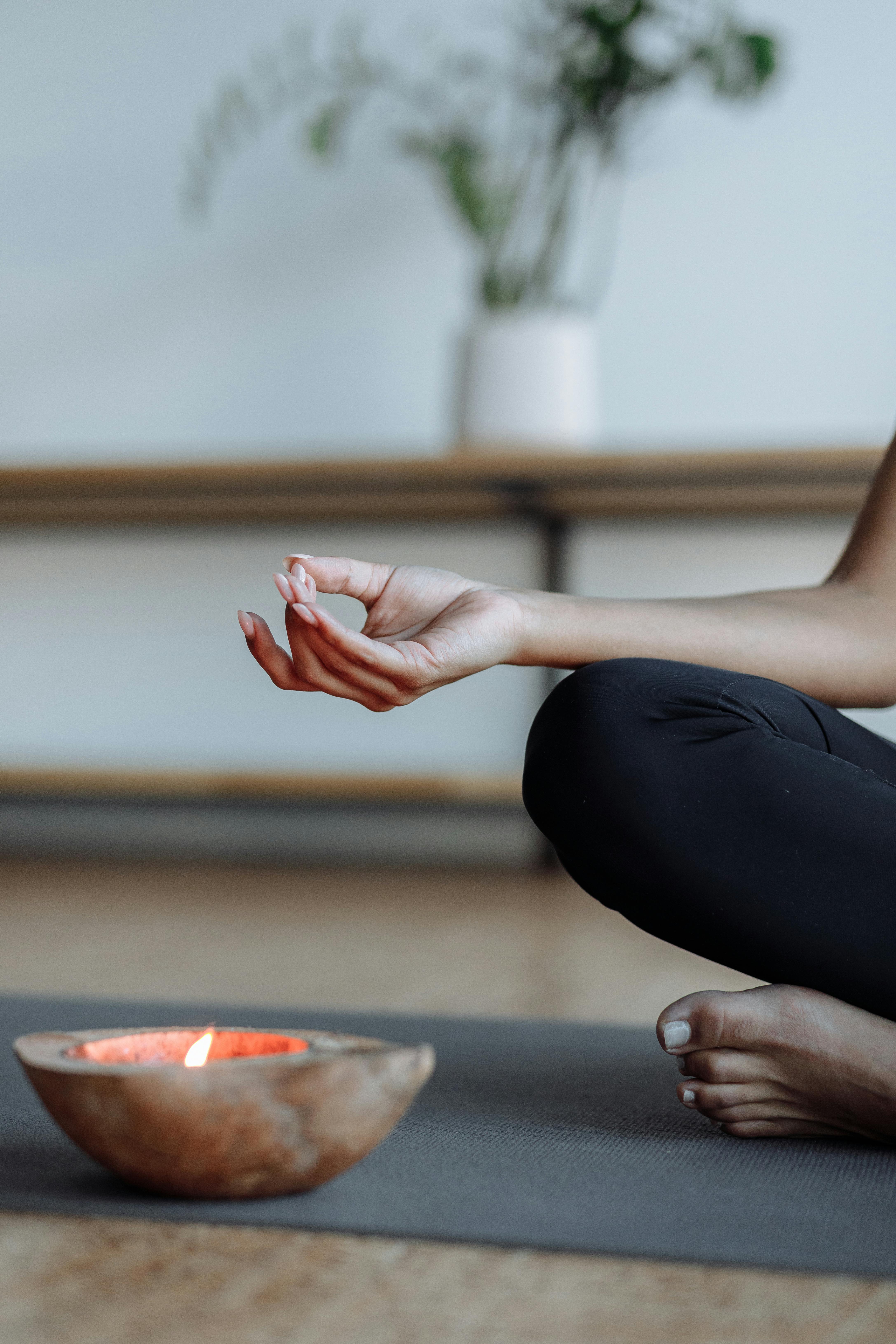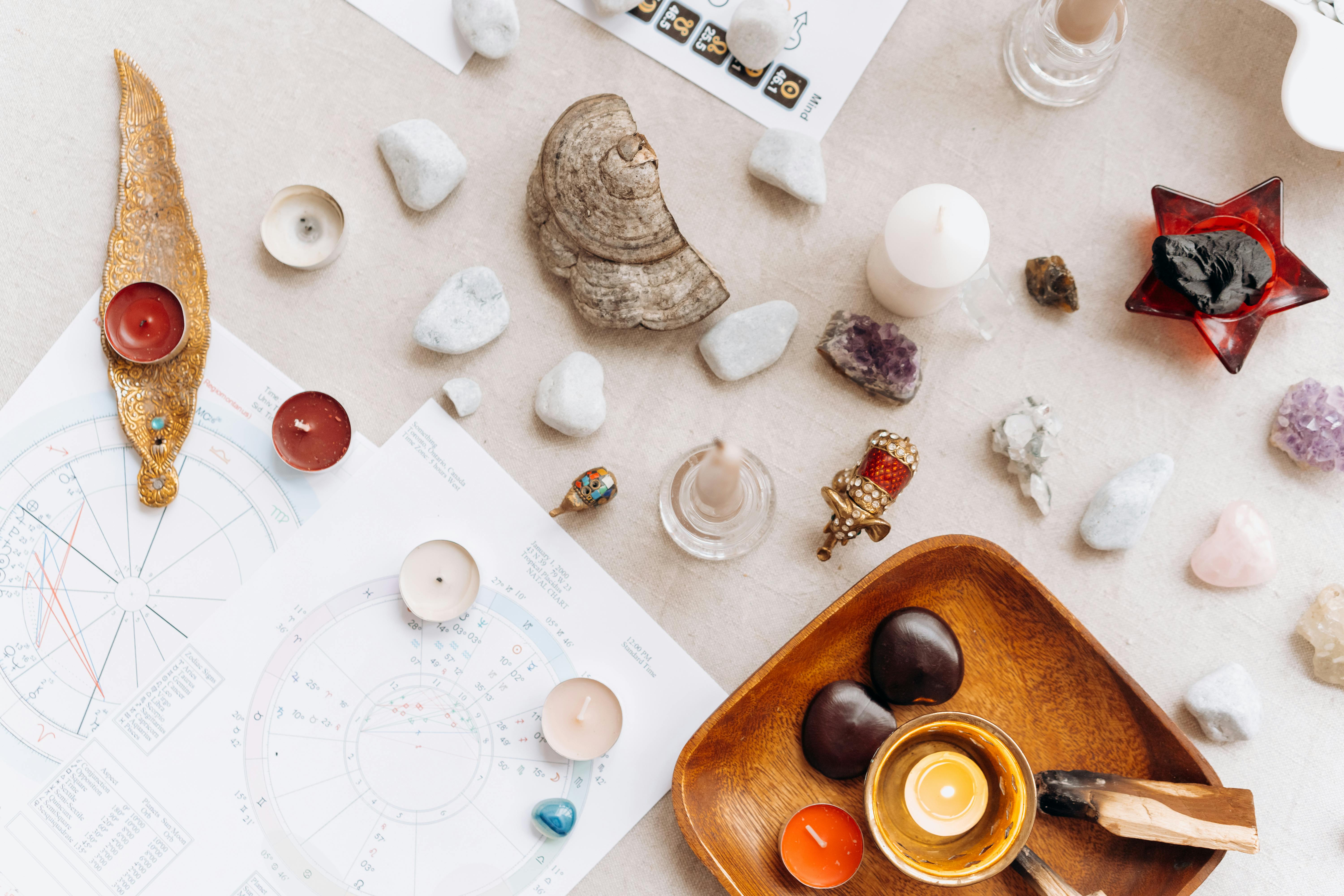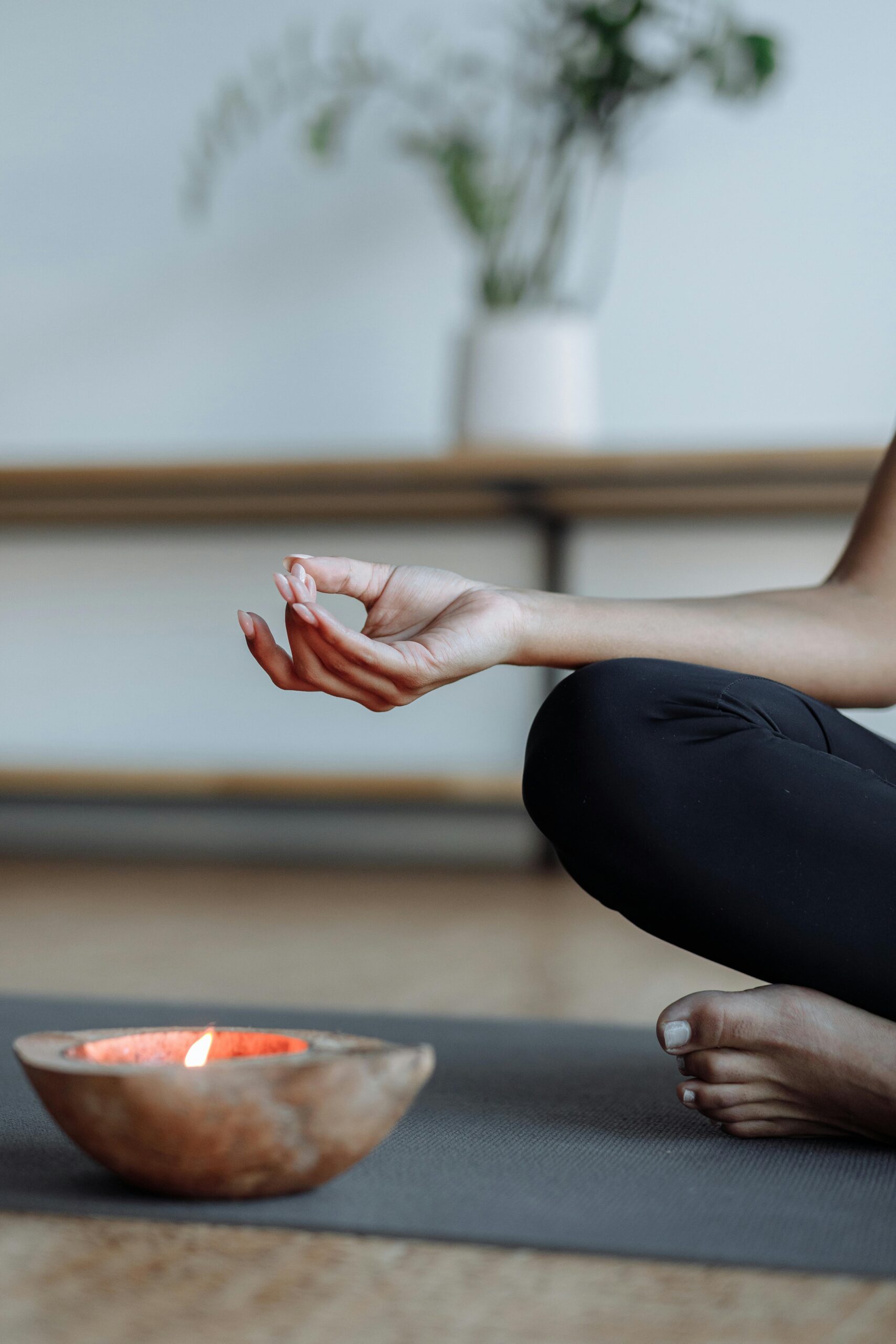Effective Mind Relaxing Tips to Reduce Stress Naturally
In today’s fast-paced world, mental exhaustion and stress are all too common. That’s why exploring effective mind relaxing tips has become a crucial step toward achieving better mental health and overall well-being. This guide offers practical, science-backed strategies to help you unwind, focus, and regain emotional balance.

Understanding the Fundamentals
Before diving into techniques, it’s essential to understand what mental relaxation truly means. It’s more than just taking a break—it’s about resetting the mind to a calm, focused state. Historically, practices like meditation, yoga, and breathwork have been used for centuries to support this reset.
These fundamentals are the building blocks of a healthy lifestyle. Like how a well-tuned engine powers a car efficiently, a relaxed mind fuels productivity and emotional resilience. Learning these basics is the first step in mastering your mental wellness.
1.1 Breathing as a Foundational Tool
Controlled breathing helps signal your nervous system to relax. Techniques such as diaphragmatic breathing and box breathing are proven to lower cortisol levels and improve focus. In one study by Harvard Health, slow breathing exercises significantly reduced anxiety symptoms in adults.
In practice, deep breathing is used in yoga, mindfulness training, and even corporate wellness programs. Despite its simplicity, many underestimate the power of conscious breathwork.
1.2 The Role of Mindfulness
Mindfulness involves being fully present in the moment. Unlike multitasking, mindfulness teaches you to focus on one task at a time, reducing mental fatigue. It’s often confused with meditation but differs in that it can be practiced anywhere—while eating, walking, or even cleaning.
Real-life examples include using mindfulness to improve focus during work or to manage emotional triggers in relationships. The unique value of mindfulness is its adaptability and accessibility.
Practical Implementation Guide
Once the fundamentals are clear, it’s time to integrate them into daily routines. The goal is not overnight transformation but consistent, small changes. Expect to see gradual improvements in mood, focus, and sleep within 1-2 weeks of practice.

2.1 Actionable Steps
- Create a calming space: Set up a quiet area with soft lighting and minimal distractions. Add plants or calming scents like lavender.
- Daily mindfulness practice: Use a guided meditation app or focus on your breath for 5–10 minutes each morning.
- Journaling: Write down your thoughts every evening to release tension and process emotions. Aim for 5–10 minutes daily.
2.2 Overcoming Challenges
Here are common obstacles and how to overcome them:
- Inconsistent schedule: Set reminders or pair practices with existing habits like brushing teeth.
- Difficulty focusing: Start with short sessions and increase gradually. Use ambient music or nature sounds to help.
- Self-judgment: Understand that relaxation is a skill. Progress is more important than perfection.
Watch for signs of burnout such as irritability or insomnia. Expert tip: don’t wait until stress builds—make relaxation a daily habit, not a crisis response.
Advanced Applications
Once you’ve built foundational habits, you can explore advanced techniques to deepen your mental relaxation. These are ideal when you’re ready to level up or dealing with chronic stress.

3.1 Progressive Muscle Relaxation (PMR)
PMR involves systematically tensing and releasing different muscle groups. This technique promotes physical and mental release. A clinical trial published in the Journal of Clinical Psychology found PMR reduced anxiety in over 65% of participants after just two weeks.
3.2 Biofeedback and Neurofeedback
These techniques use technology to give real-time data on your brain or body activity. You can use this feedback to learn how to control stress responses consciously. While more technical, they offer deep insights and are used in elite athletic and therapy settings.
Future Outlook
Technology continues to shape the future of mental wellness. Wearables that track stress, AI-guided meditation apps, and virtual reality environments are becoming more accessible. Trends point toward personalized relaxation plans using biometric data.
To stay ahead, keep learning and adapting. Consider blending traditional methods like meditation with modern tools like apps or smart wearables. The future is about balance and personalization.
Conclusion
To recap, mastering mind relaxing tips begins with understanding breathing and mindfulness, implementing daily routines, and advancing with tools like PMR or neurofeedback. Each stage offers valuable benefits, from reduced anxiety to improved sleep.
Ready to take control of your mental well-being? Start with one small habit today—whether it’s mindful breathing or five minutes of meditation. Your mind will thank you.
Frequently Asked Questions
- Q: What is the simplest way to start relaxing the mind? Begin with daily deep breathing or a 5-minute mindfulness session. These require no special tools and can be done anywhere.
- Q: How do I begin implementing mind relaxing tips? Start by setting aside a consistent time each day—ideally in the morning or evening—to practice a calming technique.
- Q: How long before I see results? Most people notice changes within 1–2 weeks with consistent practice, though full benefits may take a month or more.
- Q: Are these practices expensive? Most techniques are free or low-cost. Apps, journals, or a quiet space at home are usually sufficient.
- Q: How do these compare to other stress reduction methods? They are non-invasive, holistic, and work well alongside physical activities or therapy.
- Q: Are they hard to learn? Not at all. Techniques like breathing exercises and mindfulness are beginner-friendly and widely accessible.
- Q: Can these be used in the workplace? Absolutely. Simple methods like breathwork or mindfulness breaks are ideal for office settings and boost productivity.
